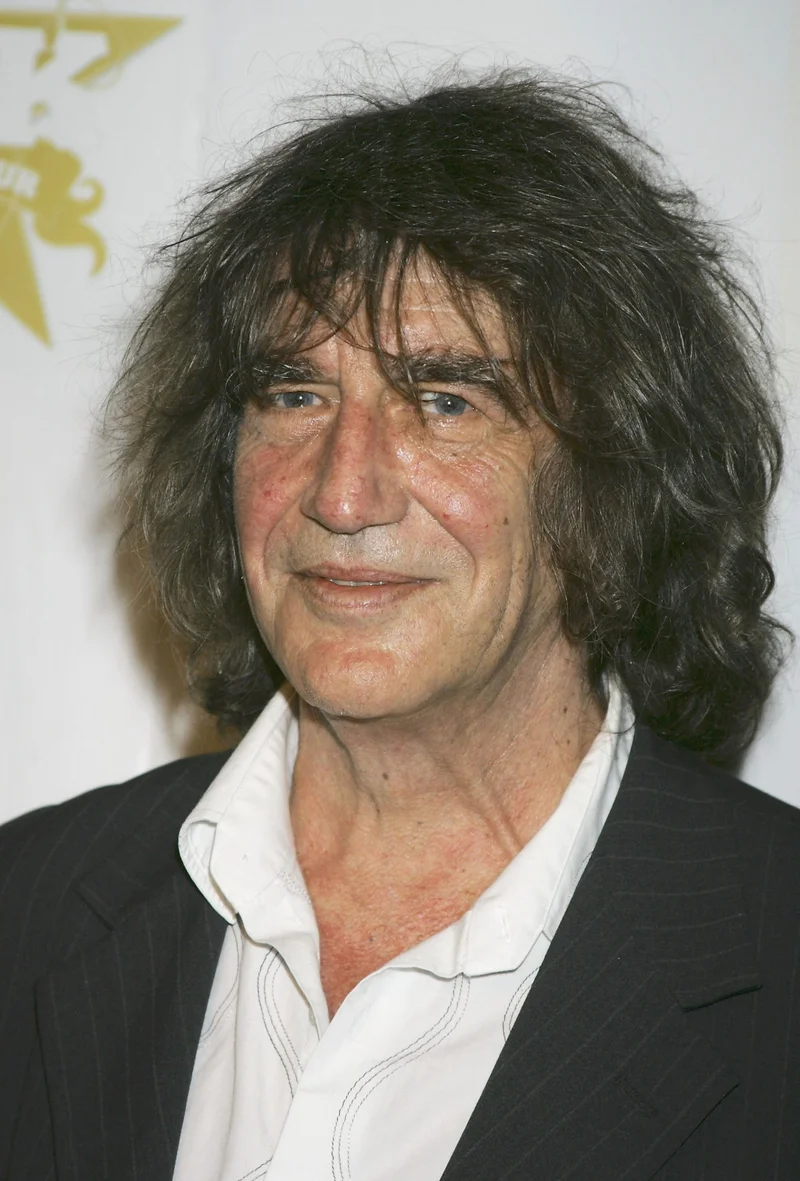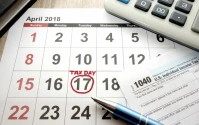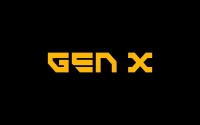I saw the headlines this week, and I have to admit, I smiled. Howard Marks, the billionaire co-founder of Oaktree Capital, a man whose memos are practically scripture on Wall Street, weighed in on the AI boom. He looked at the soaring valuations, the breathless media coverage, the sheer chaotic energy of it all, and delivered his verdict: Oaktree’s Howard Marks says AI frenzy isn’t a bubble — at least not yet. The valuations of the giants leading the charge are high, he says, "but not crazy."
You can almost picture him saying it. A calm, measured voice in a quiet, wood-paneled office, looking at charts and numbers that have served him well for half a century. From his perspective, it’s the highest praise imaginable. It’s the seasoned captain of an old naval vessel looking at a new, impossibly fast hydrofoil and admitting, "Well, it hasn't sunk yet."
But what if the very concept of a "bubble" is the wrong tool for this moment? What if we're trying to measure a supernova with a kitchen thermometer? Marks and his cohort are asking if the price is right. I believe we need to be asking a much, much bigger question: what world is this technology building, and what is its value within that new reality?
The Yardstick and the Sun
When Wall Street talks about value, they’re usually talking about a handful of metrics—price-to-earnings ratios, discounted cash flows, projected revenue growth. This is the language of predictable, incremental change. It’s a language that was perfected for an industrial economy, one where you could reasonably forecast how many cars a factory could produce or how many subscriptions a software company could sell. They’re using a yardstick.
AI isn’t a yardstick problem. It’s a sun problem.
This technology isn't just another product to be sold; it's a foundational layer that will change how everything is produced and sold. It’s like trying to calculate the ROI of electricity in 1890. How could you possibly have projected the value of electric lighting, radio, computers, and the entire digital world from that vantage point? You couldn't. You would have looked at the cost of building a generator and stringing up some copper wire and concluded it was, to use Marks’s term, "crazy."
The valuation of a company like Nvidia or OpenAI isn't just about the chips they sell or the API calls they process this quarter. It’s a bet on their role in architecting the next substrate of human civilization. It's about their potential to become the new commons, the new utility, the new engine for discovery itself. So when someone asks if these companies are "overvalued," what are they really asking? Are they asking if the current stock price accurately reflects next year's earnings? Or are they failing to ask if this technology could fundamentally rewrite the rules of economic growth for the next century?

This is the kind of breakthrough that reminds me why I got into this field in the first place. It’s not about the money. It's about watching a fundamental law of our world change in real time. We are living through a paradigm shift—in simpler terms, one of those rare moments where the rulebook for what’s possible gets torn up and rewritten from scratch. The "frenzy" isn't just financial speculation. It's the sound of millions of developers, scientists, artists, and entrepreneurs all suddenly realizing they’ve been handed a new set of tools to solve problems we once thought were permanent.
This is Not a Re-Run of 1999
The immediate historical parallel everyone jumps to is the dot-com bubble. Pets.com. Webvan. A thousand brilliant, ridiculous, and doomed ideas built on the promise of the internet. It’s an easy comparison, but it’s a lazy one. And it’s dangerously misleading.
The dot-com bubble was, for the most part, a bubble of application. It was about business models built on top of the internet. The internet itself was never the bubble. The underlying protocol—the TCP/IP that you're using to read this right now—was one of the most transformative and durable technologies ever created. The speculation was in the superficial layer, not the foundation.
What we are witnessing with AI is the forging of the foundation itself. This isn't Pets.com. This is the invention of the network protocol, the creation of the silicon chip, and the harnessing of electricity all rolled into one impossibly fast, exponential curve. The speed of this is just staggering—it means the gap between a wild idea in a research paper and a tool in the hands of millions is collapsing from years to months or even weeks, and the feedback loop is creating a rate of progress that defies all historical precedent.
Of course, this power comes with immense responsibility. We have to be thoughtful, ethical, and deeply human-centric in how we deploy these systems. The goal isn't just to build powerful intelligence; it's to build a future that amplifies our own humanity, creativity, and connection. That’s the real work ahead.
But to dismiss the sheer, explosive potential of this moment as a mere "frenzy" or to get bogged down in whether a P/E ratio is 30 or 60 is to miss the forest for the trees. It’s to miss the tectonic plates of reality shifting beneath our feet. Howard Marks is a brilliant investor, and his caution is a healthy counterbalance to pure hype. But his analysis is a snapshot taken with an old camera. We need a new lens to see the future that is rushing toward us.
We're Not in a Bubble; We're in a Chrysalis
Let's be clear. The old guard is right to be cautious. Their world, governed by predictable cycles and established metrics, is dissolving. But what they see as the irrational froth of a bubble, I see as the chaotic, messy, and beautiful energy of metamorphosis. We aren't watching a fragile bubble grow until it pops. We are inside a chrysalis, and the frantic activity isn't a sign of instability—it's the sign of a new form of life getting ready to emerge. The question isn't if it will pop, but what will fly out when it finally opens.









